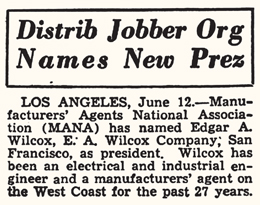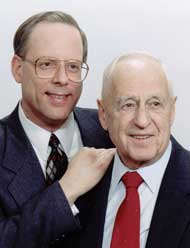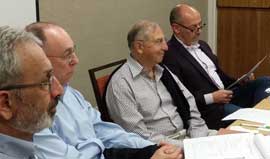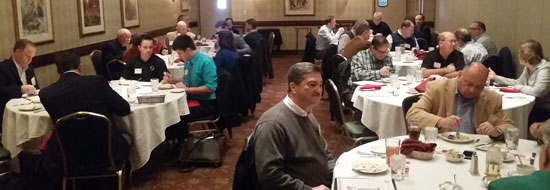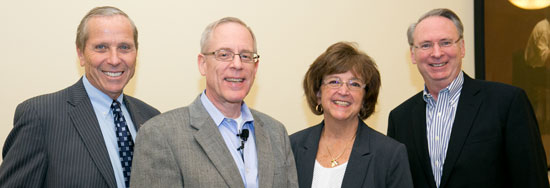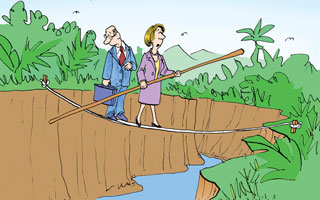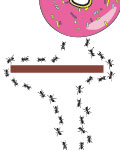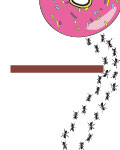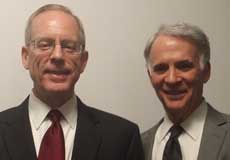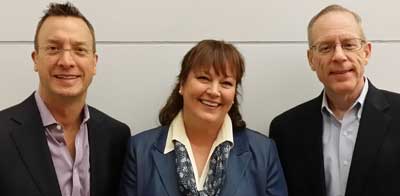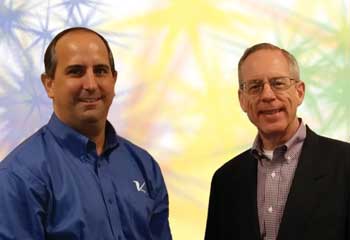9-1-1 Emergency
By Charles CohonIt was April 11, 2016. Something very, very bad was about to happen to manufacturers’ agents who sell to the State of California.
New legislation that would in many cases classify manufacturers’ agents as lobbyists was about to become law. California forbids lobbyists from receiving contingent compensation (such as sales commission). Once classified as lobbyists, manufacturers’ agents would be prohibited from receiving sales commission on sales to the State of California.
And the bill conveniently excluded direct sales forces from these restrictions.
The state’s procurement department knew this was a terrible idea. But where could they turn to quickly rally opposition?
They turned to the rep association that spans across all industries and markets: MANA.
In just days MANA researched the bill, interviewed California lobbyists, hired a lobbyist, and joined forces with California’s Department of Finance and Fair Political Practices Commission, which also opposed this bill.
MANA authored a formal letter of opposition, and invited MANA California members and all other rep associations to weigh in with their own letters.
Despite our best efforts, on May 3, 2016 California’s Assembly and Senate passed the bill unanimously.
Our only hope: a veto from California Governor Edmund G. Brown.
On May 3, 2016 MANA submitted a new formal letter of opposition to the Governor, and followed up with a legislative fact sheet. And again we invited MANA California members and all other rep associations to write letters of opposition.
On May 13, Governor Brown vetoed this bill, and as of this writing the California legislature has not chosen to override his veto. Just 32 days after MANA was first notified of this anti-rep legislation, the Governor was putting his signature on its veto.
Sometimes prospective MANA members ask me about the benefits of MANA membership. We usually talk about matchmaking between reps and principals, Agency Sales magazine, MANA’s educational materials, and our specimen representative agreement.
But after this experience, I will have to add one more benefit of membership. Without your support, MANA would not exist. And without MANA, when some terribly misguided anti-rep law is being considered in your state’s legislature, who would you call for help?
In some respects, MANA is like 9-1-1. You may go a long time without calling 9‑1‑1, but part of its value is the peace of mind you get from knowing you are just one phone call away for emergency services that will arrive with red lights flashing and sirens blaring.
Because of your support, we’re here when you need us. Rep emergency? Call MANA!
May 13, 2016
To the Members of the California State Assembly:
I am returning Assembly Bill 1200 without my signature.
This bill would revise the definition of “lobbyist” in the Political Reform Act of 1974 to include specified conduct by third-party consultants who work to influence governmental procurement.
Given that the laws regulating state procurement are voluminous and already contain ample opportunity for public scrutiny, I don’t believe this bill is necessary.
Sincerely,
Edmund G. Brown Jr.



